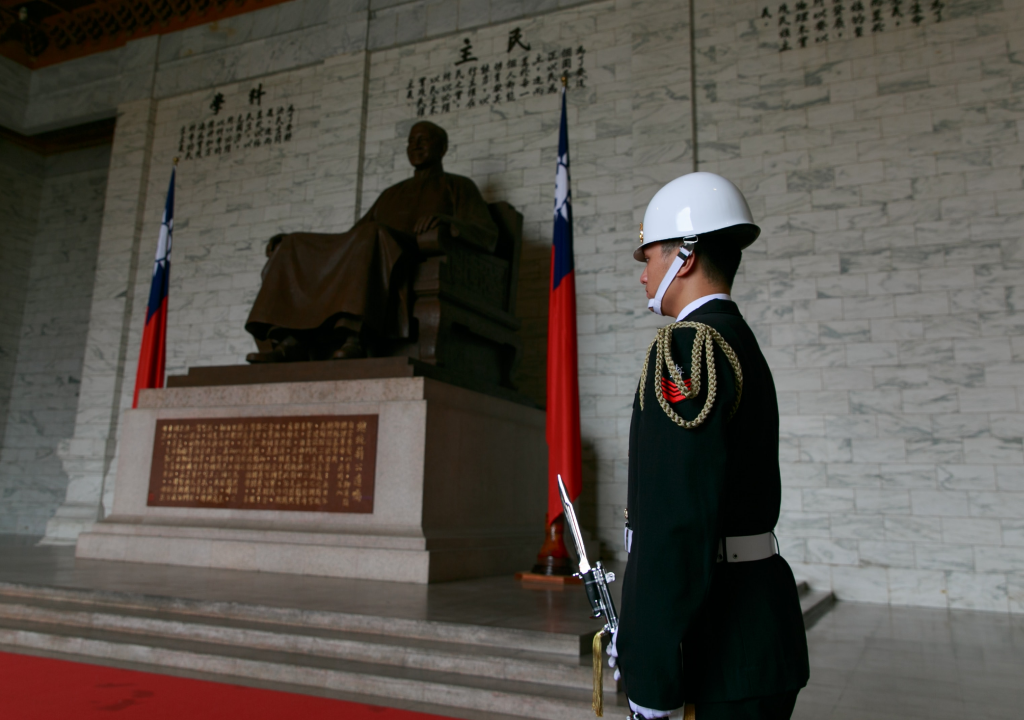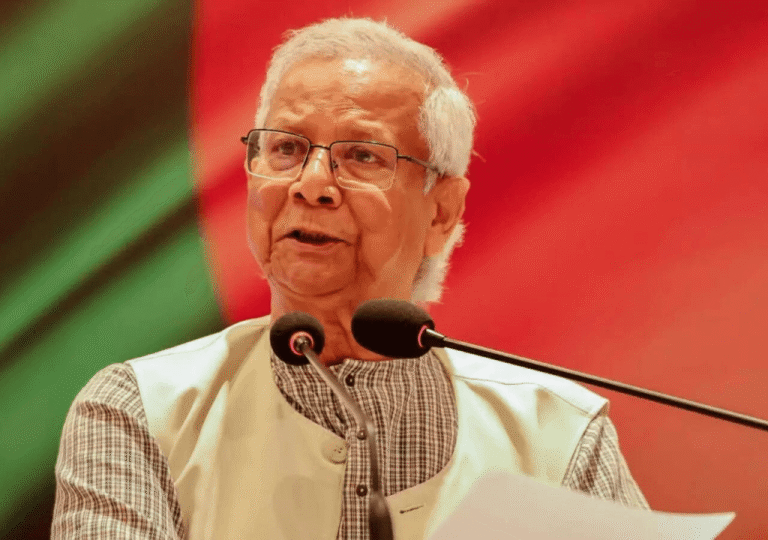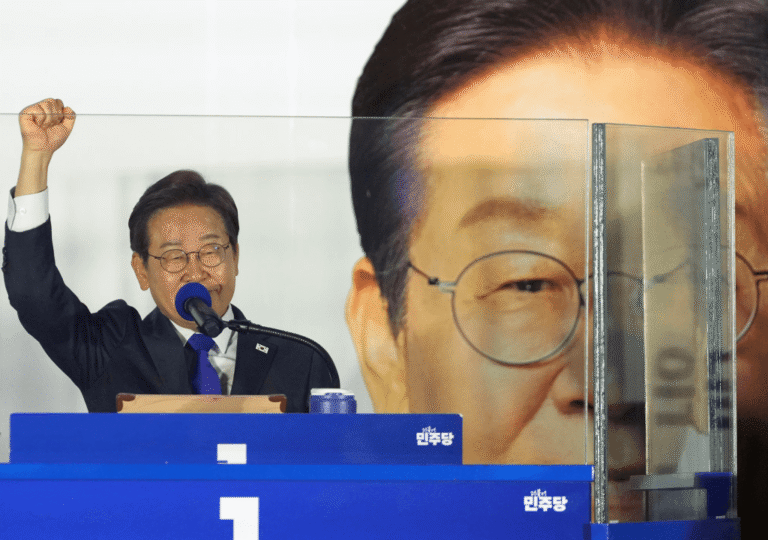Taiwan’s presidential election last week captured global attention as Lai Ching-te from the Democratic Progressive Party (DPP) emerged victorious as the newly elected president, defeating rivals Hou Yu-ih of the Kuomintang and Ko Wen-je of the Taiwan People’s Party. This landmark win represents the first time a political party in Taiwan has secured a third consecutive presidential term. Despite this achievement, the Democratic Progressive Party (DPP) lost its legislative majority, leaving no single party with sufficient votes to govern independently.
Since the early 1990s, the political landscape in Taiwan has been predominantly shaped by the Democratic Progressive Party (DPP) and the Kuomintang (KMT). Led by front-runner Lai Ching-te, the DPP originated from the anti-authoritarian protest movement, but after eight years in power, it is increasingly perceived as an establishment party. The DPP advocates for safeguarding independence and peace by fostering closer ties with other countries, particularly emphasizing a strong relationship with the United States.
Despite Taiwan’s relatively small size and a population of around 24 million, its election has drawn global attention due to security concerns arising from China’s looming threat of annexation. With the DPP returning to power, the alliance between Taiwan and the United States is expected to strengthen, and escalating tensions between Taiwan and China.
The Taiwan issue has become a major obstacle in Sino-U.S. relations, impeding efforts to de-escalate tensions. As the post-Covid pandemic world order unfolds, China’s aspirations of global dominance are getting challenged and the chance of China taking assertive measures in Taiwan and the South China Sea becomes evident. Economic slowdown, population decline, and increased self reliance of countries make China more susceptible to aggressive actions in these regions.
Within the Association of Southeast Asian Nations (ASEAN), all 10 member states maintain One China policies, demonstrating unity on this front. However, in the event of a Taiwan contingency, the situation swiftly transforms into a humanitarian challenge, with countries grappling to safely and promptly evacuate their citizens. The complexity of this scenario is exacerbated by variations in humanitarian and disaster relief capabilities among Southeast Asian states.
April 2023 statistics from Taiwan’s Ministry of Labor reveal a substantial presence of migrant workers, with approximately 256,000 Indonesians, 257,000 Vietnamese, and 154,000 Filipinos in Taiwan. In contingency scenarios, the welfare and safety of these Southeast Asian populations become paramount concerns for their respective home countries.
Beyond the significant number of Southeast Asian nationals in Taiwan, nations in the region face the delicate task of balancing potential U.S. requests for assistance against pressures from China to maintain neutrality. China’s extensive investments in Southeast Asian countries, such as the One Belt One Road project, have fostered growing favor toward China among media and the public in nations like Myanmar and Indonesia. Movements against nations perceived as unfavorable to China, as seen in concerns over the Thailand canal project, serve as a cautionary signal for Singapore and Malaysia, which exhibit a more pro-U.S. stance. Southeast Asian nations, particularly Malaysia and Singapore, play pivotal roles as hubs for U.S. and European businesses in Asia, intensifying their reliance on the U.S.
The increasing financial support from China to countries like Indonesia adds a layer of complexity, potentially causing a regional divide if challenges arise. While Southeast Asian countries have no direct impact from Taiwan’s electoral outcomes, they must carefully determine their responses to the evolving impact on U.S.-China relations and regional security.








